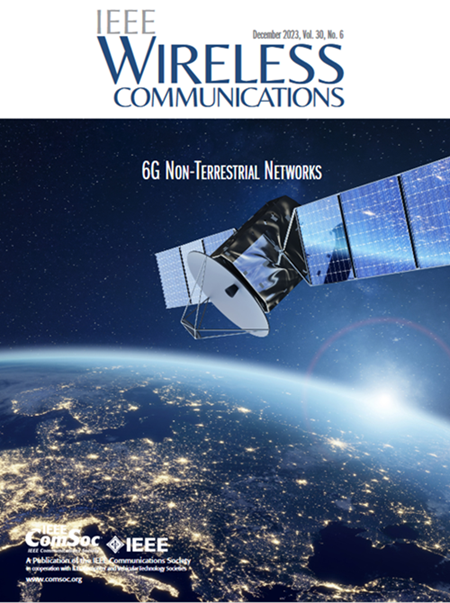可见光通信共址在核电站中的应用:体系结构与关键技术
IF 10.9
1区 计算机科学
Q1 COMPUTER SCIENCE, HARDWARE & ARCHITECTURE
引用次数: 0
摘要
本文章由计算机程序翻译,如有差异,请以英文原文为准。
Applying Visible Light Communication Co-location in Nuclear Power Plant: Architecture and Key Technologies
A nuclear power plant (NPP) is an important avenue for the conversion of nuclear energy into electric energy. Wireless communication technologies can effectively promote more efficient and convenient construction and operation of an NPP. However, the traditional wireless communication technologies have several possible risks, such as radio-frequency electric sparks and electromagnetic interference, which may endanger the operation of NPPs. Recently, visible light communications (VLCs) and visible light positioning (VLP) have become two promising technologies for the nuclear power industry as they are electromagnetic-free and also highly secure. In this article we first present a multi-layer architecture for an NPP, which includes a macro-cell layer, a picocell layer, and an attocell layer. The former two layers work in the radio-frequency spectrum to provide seamless coverage for outdoor and indoor unrestricted areas. The attocell layer works in the visible spectrum to provide coverage for restricted areas in order to prevent electromagnetic interference and ensure safety. A visible light communication co-location (VLCL) system is proposed in the attocell layer to provide high-speed transmission and positioning services. Several key technologies are discussed, including light source layout, communication and positioning techniques, and a multiplexing scheme. Finally, technical challenges and possible solutions are presented. This article demonstrates that a VLCL system has potential advantages in supporting the nuclear power industry.
求助全文
通过发布文献求助,成功后即可免费获取论文全文。
去求助
来源期刊

IEEE Wireless Communications
工程技术-电信学
CiteScore
24.20
自引率
1.60%
发文量
183
审稿时长
6-12 weeks
期刊介绍:
IEEE Wireless Communications is tailored for professionals within the communications and networking communities. It addresses technical and policy issues associated with personalized, location-independent communications across various media and protocol layers. Encompassing both wired and wireless communications, the magazine explores the intersection of computing, the mobility of individuals, communicating devices, and personalized services.
Every issue of this interdisciplinary publication presents high-quality articles delving into the revolutionary technological advances in personal, location-independent communications, and computing. IEEE Wireless Communications provides an insightful platform for individuals engaged in these dynamic fields, offering in-depth coverage of significant developments in the realm of communication technology.
 求助内容:
求助内容: 应助结果提醒方式:
应助结果提醒方式:


